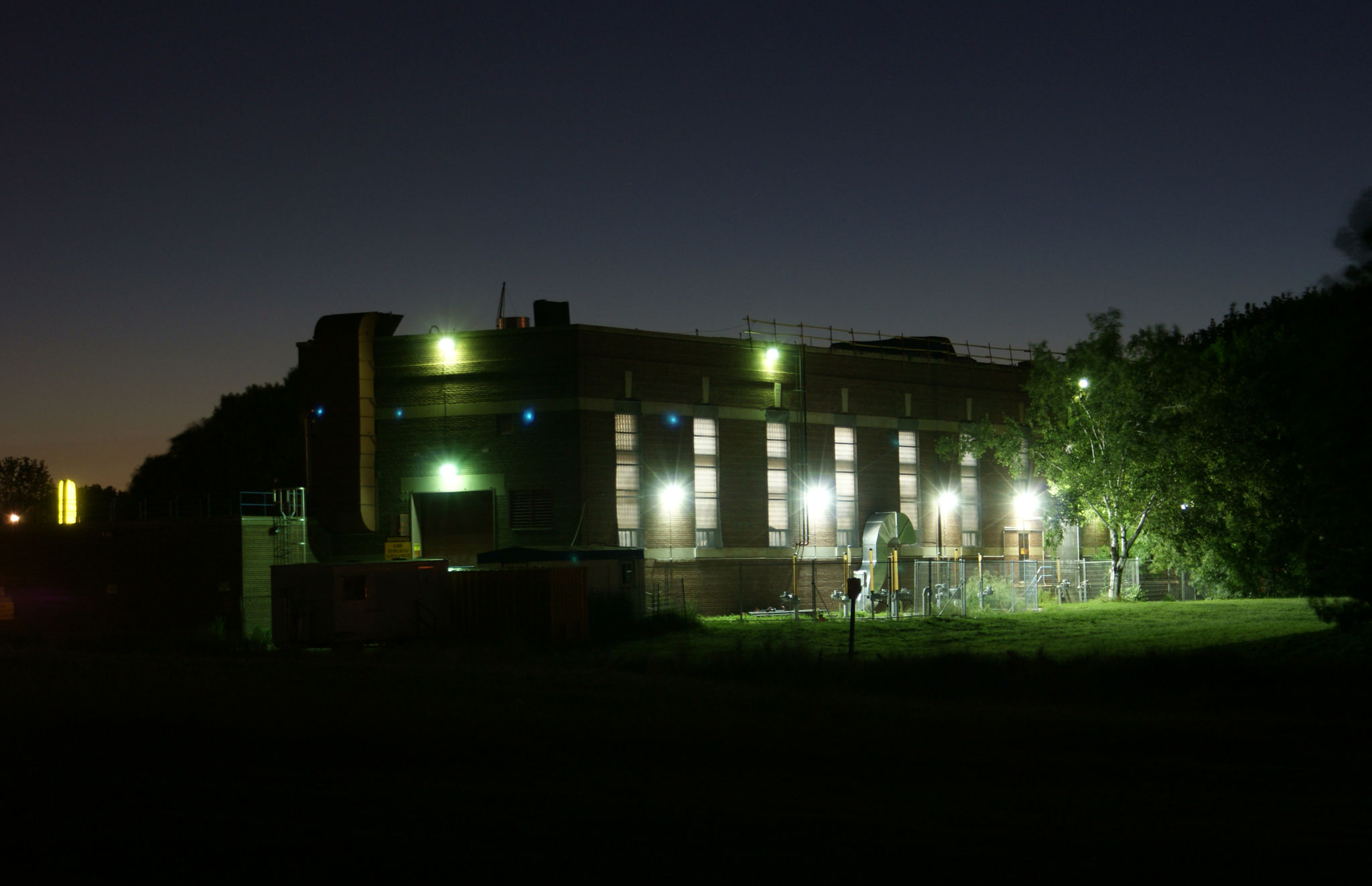The Rise of Sustainable Filmmaking: Trends and Innovations
The Green Revolution in Filmmaking
As the world becomes increasingly aware of the pressing need for environmental sustainability, the film industry is experiencing a significant shift toward more eco-friendly practices. This transformation, often referred to as sustainable filmmaking, is not just a trend but a movement that embraces innovation and responsibility. Filmmakers are now exploring various ways to reduce their carbon footprint and promote sustainability both on and off the set.
With the advent of new technologies and a growing commitment to environmental stewardship, the industry is seeing a rise in creative solutions that prioritize sustainability. These efforts not only help in preserving the planet but also inspire audiences around the globe to consider their own environmental impact.

Green Production Practices
One of the most noticeable changes in sustainable filmmaking is the adoption of green production practices. From using renewable energy sources to reduce electricity consumption on set, to opting for digital scripts instead of printed ones, these practices aim to minimize waste and energy use. Production teams are also encouraged to recycle and repurpose materials wherever possible.
Moreover, transportation is another area where filmmakers are making strides. By using electric vehicles or carpooling to transport cast, crew, and equipment, production companies are significantly cutting down on emissions. Setting up local production hubs also helps reduce the carbon footprint associated with travel.

Innovative Technologies
Technological advancements play a crucial role in promoting sustainable filmmaking. Many filmmakers are now utilizing virtual production techniques, which allow for digitally created environments that can save both time and resources. This method reduces the need for physical sets and on-location shoots, leading to lower environmental impact.
Additionally, advancements in LED lighting technology provide more energy-efficient lighting solutions that not only consume less power but also offer superior performance. These innovations help filmmakers achieve their creative vision while adhering to sustainable practices.

Industry Support and Collaboration
The movement towards sustainable filmmaking is gaining momentum with support from various industry stakeholders. Several organizations offer resources and certifications to encourage greener practices in film production. The Environmental Media Association (EMA) and Green Film Shooting are just two examples of entities that provide guidance and recognition for sustainable efforts.
Collaborations between filmmakers, environmentalists, and technology providers are also pivotal in this endeavor. By sharing knowledge and resources, these partnerships help drive innovation and ensure that sustainable filmmaking continues to evolve and flourish.
The Role of Storytelling
Sustainable filmmaking isn't just about how films are made but also about the stories they tell. Filmmakers are increasingly using their platforms to address environmental issues and inspire change. Documentaries focusing on climate change, conservation efforts, and renewable energy solutions play a critical role in raising awareness and influencing public opinion.
These narratives not only entertain but also educate audiences, encouraging them to take action in their own lives. By weaving sustainability into their storytelling, filmmakers can amplify their impact and contribute to a more environmentally conscious world.

The Future of Sustainable Filmmaking
The rise of sustainable filmmaking is a testament to the industry's commitment to creating a more sustainable future. As more filmmakers embrace eco-friendly practices, the potential for innovation continues to grow. The integration of digital tools, renewable energy sources, and collaborative efforts are paving the way for a new era in film production.
In the coming years, we can expect even more breakthroughs that will further reduce the environmental impact of filmmaking. As audiences continue to demand greater accountability and ecological responsibility from the entertainment industry, sustainable filmmaking is poised to become the new standard rather than an exception.
